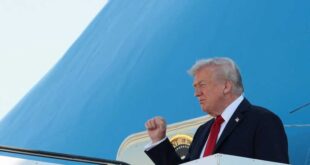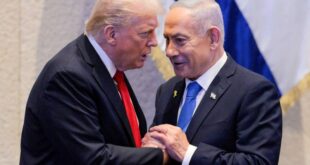The plan to bring back the Tehran–Islamabad–Istanbul rail corridor feels like one of those big regional ideas that’s been floating around for ages but never quite delivered. This time, though, Pakistan, Iran and Turkey are putting actual dates and numbers on the table. Weekly trains are supposed to run, old tracks are set for upgrades, and border terminals will get much-needed expansion. It sounds ambitious, but it’s also rooted in practical needs, trade between these neighbours has been stuck at low levels, and they’ve now set a $10 billion annual target. Without fixing the basics, that figure is just wishful thinking.
Take the Zahedan–Mirjaveh line. It’s over a hundred years old and still in use. Anyone who’s seen images of it knows it’s outdated, more museum piece than trade artery. Revamping that stretch may not grab headlines, but it’s unavoidable if the two sides want smoother, cheaper cargo movement. Right now, trucks carry the bulk of goods across the border, and the numbers tell the story. To meet the trade target, they’d need nearly 2,000 trucks a day. That’s not realistic in the long run. Rail can handle larger loads at lower cost, but only if the system is modernized.
Border terminals like Mirjaveh and Rimdan add another layer. If you’ve crossed into or out of Pakistan by land, you know how messy it can get: outdated facilities, endless paperwork, long waits. Both governments are saying the right things about modernization. Whether they can make crossings smoother and faster will decide how credible the trade numbers are. A shiny new rail line doesn’t help much if goods get stuck for days at the border.
The Free Trade Agreement being finalized is just as important as the physical infrastructure. Tariff exemptions and customs arrangements can either make this corridor a lifeline for businesses or leave it tangled in red tape. If it’s written in a way that encourages smaller exporters, not just big firms, it could widen the base of trade. If it’s watered down with too many exceptions, it risks becoming another nice sounding but toothless document.
Turkey’s involvement makes the project more than just a Pakistan–Iran story. For Islamabad, the link offers a land route to Europe through Turkey, something that could cut costs and travel times dramatically. For Tehran, it’s another way to counter the limits of sanctions and expand overland trade. And for Ankara, being the bridge between Asia and Europe gets reinforced in a very literal way. The symbolism matters: reviving a corridor that ties South Asia directly into Europe has a certain weight in a region where politics often blocks cooperation.
That said, there are big question marks. Political turbulence in Pakistan, Iran’s economic crunch, and Turkey’s unpredictable policies could all throw sand in the gears. Then there’s money. Upgrading old tracks, building new terminals, and running weekly trains require steady investment, not just speeches. It’s fair to wonder if governments juggling crises at home can keep the focus and the funds flowing.
Still, if even parts of this plan come through, it could be a turning point. Relying on congested roads and expensive maritime routes has slowed trade for years. A revived corridor would cut costs, improve reliability, and create jobs in transport and logistics. It might also foster the kind of trust and cooperation that doesn’t come easy in this region. Trains running on time are more than a technical achievement, they’re a signal that agreements on paper are being honoured.
What I like about this project is that it isn’t being sold as flashy. There’s no talk of futuristic bullet trains or massive new cities springing up along the route. It’s about repairing old tracks, upgrading dusty terminals, and putting underused infrastructure back to work. If Pakistan, Iran and Turkey manage that, it could encourage others in the region to follow suit and focus on the basics. Real progress often starts with unglamorous steps.
The challenge is consistency. Anyone can set a target or cut a ribbon. The hard part is getting trains to run weekly, keeping borders unclogged, and making sure trade grows. These aren’t things that happen overnight, but they do add up if governments stick with them. For a region where mistrust has too often outweighed cooperation, even a modest success here would matter.
The Tehran–Islamabad–Istanbul corridor isn’t going to change the map overnight, but it might change the way neighbours see each other. Less isolation, more connection. Less talk, more trains moving goods. If that happens, it’ll be a small but meaningful step toward the integration this region has long needed but rarely seen.
 Geostrategic Media Political Commentary, Analysis, Security, Defense
Geostrategic Media Political Commentary, Analysis, Security, Defense





